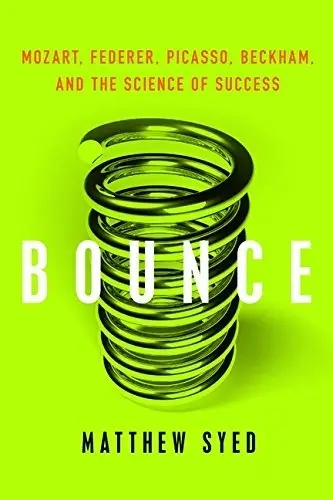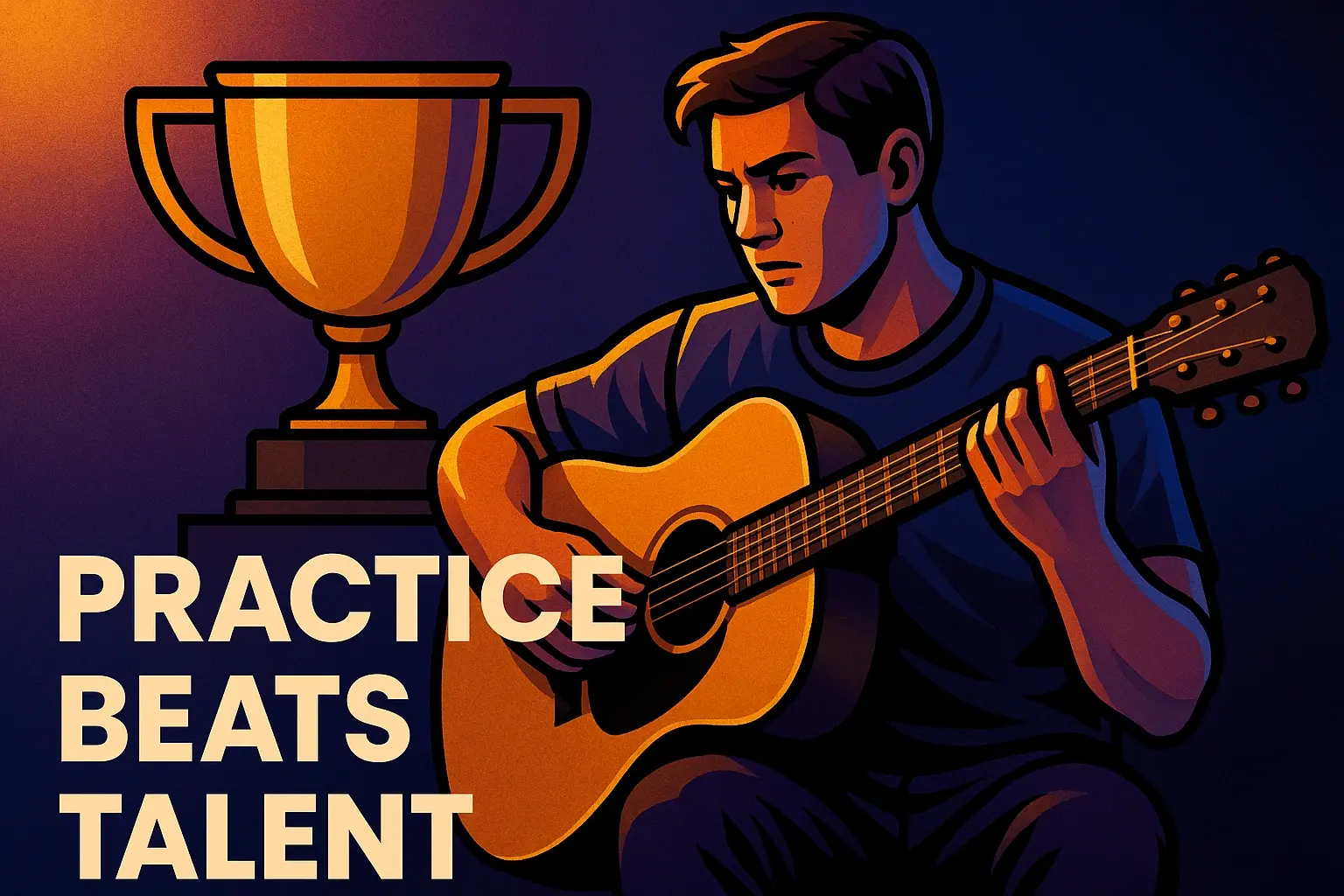
Bounce: Mozart, Federer, Picasso, Beckham, and the Science of Success
By Matthew Syed
Published October 12, 2025
Matthew Syed argues that world‑class performance is built more than born. Talent matters far less than deliberate practice, useful feedback, productive mindsets, and environments rich in opportunity. Through stories from sport, music, and science, Bounce dismantles myths about innate genius and replaces them with a practical blueprint for improvement. This summary pulls out the key ideas and how to use them in everyday life and work.
Key Lesson
Talent opens a door; practice, feedback, and environment decide how far you go.
Practice Beats Talent
Book Snapshot
ISBN
9780061723759
ASIN
0061723754
Topics & Search Phrases

Full Summary
Bounce is a book about effort, not magic. Matthew Syed—former table‑tennis champion and journalist—sets out to explain why some people become exceptional. The common story is talent: a lucky genetic draw that separates prodigies from the rest. Syed argues the opposite: what we call talent is often the visible tip of a long iceberg of practice, feedback, grit, and supportive conditions.
The heart of the book is deliberate practice—hard, specific work that stretches your skills at the edge of your ability. It’s not just hours; it’s how the hours are used. Practice sessions have tight goals, immediate feedback, and a bias for correcting errors rather than coasting on strengths. Expertise looks glamorous from far away; up close it is repetitive, sometimes boring, and frequently humbling. The top performers Syed profiles shock us with their appetite for this grind.
Opportunity is the quiet force behind excellence. Syed shows how access to resources, good coaching, and lucky geography create pools of elite talent. A single club with a great coach can produce a disproportionate number of national champions; a school with early access to computers produces a wave of coders. We mistake clusters for natural‑born geniuses when they are often natural‑born opportunities. That doesn’t trivialize achievement; it suggests that building better opportunity structures can produce more of it.
Mindset shifts the meaning of failure. Drawing on research popularized by Carol Dweck, Syed argues that seeing ability as malleable (a growth mindset) changes how we interpret setbacks. Errors become data. Plateaus become signals to adjust practice constraints. Praise for effort, strategy, and persistence—rather than fixed “talent”—creates resilience that survives the tough middle of learning.
The role of confidence is nuanced. Confidence built on evidence (“I have solved this problem in practice many times”) stabilizes performance under pressure. Overconfidence without the receipts crumbles. Syed walks through choking and clutch dynamics: attention narrows or widens, habits either execute smoothly or are disrupted by self‑conscious monitoring. The antidote is excellent practice that automatizes core skills and routines that reset attention when it wobbles.
Bounce also takes aim at comforting myths: the child prodigy who never had to work; the natural athlete who didn’t need coaching. The biographies tell a different story—early exposure, obsessive practice, supportive mentors, and long feedback loops. Even the “gifted” start ordinary. We just tend to notice them at the moment the compounding is obvious.
Practically, Syed’s lessons are portable. Treat your craft like a sport: design realistic drills, seek fast feedback, and track specific metrics. Break large skills into components and isolate the weak link. Engineer your environment so practice happens by default—tools visible, friction low, stakes tolerable. Practice at your mental energy peaks (not just when you feel like it), and run short experiments to keep practice fresh.
Perhaps the most empowering message is agency. You don’t control your starting line, but you can build systems that move your finish line. Surround yourself with peers who practice seriously. Find a coach who won’t flatter you. Share your progress in public to create accountability. Excellence is less a spark than a flywheel—once it turns, it tends to keep turning.
See also: Atomic Habits, The Effective Executive, The Power of Moments: Why Certain Experiences Have
Key Takeaways
- Deliberate practice—not just time—drives expertise; stretch, feedback, repeat.
- Opportunity structures (coaches, access, timing) create talent clusters.
- Growth mindset reframes failure as data and sustains effort.
- Build evidence‑based confidence to perform under pressure.
- Design environments that make practice frequent, easy, and measurable.
- Excellence compounds—start the flywheel and keep nudging it.